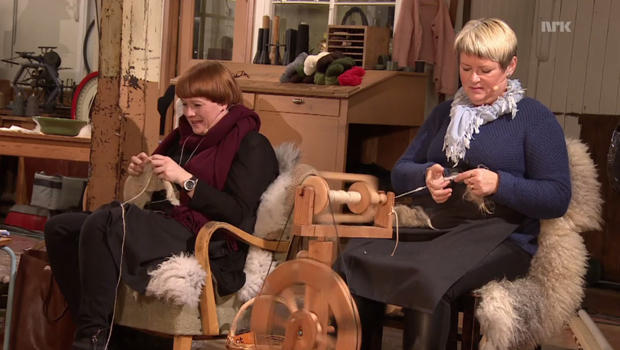From Creighton Uni's Heider School of Business, January 16:
January Survey Results at a Glance:
- Overall index remained above growth neutral rising to its highest level since June 2018.
- Farm loans fell to lowest level in almost seven years.
- Two
of three Nebraska bankers reported property taxes as a significant
factor reducing farm profitability, while only one of ten non-Nebraska
bankers indicated that property taxes were a significant factor reducing
farm profitability
- Farm equipment sales declined for the month. On average, bankers expect sales to decline by another 4.2% in 2020.
OMAHA,
Neb. (Jan. 16, 2020) – The Creighton University Rural Mainstreet Index
(RMI) for January climbed to its highest level since June 2018.
January’s reading marked the fifth straight month the reading has moved
above growth neutral according to the monthly survey of bank CEOs in
rural areas of a 10-state region dependent on agriculture and/or energy.
Overall:
While the overall index for January rose to 55.9 from 50.2 in December.
It was the 11th time in the past 12 months that the index has risen
above growth neutral 50.0.
“Only 17.7% of bank CEOs reported that their local
economy was in an economic downturn. This is an improvement from one
year ago when 22.9% indicated that their local economy was in a
recession, or economic downturn,” said Ernie Goss, PhD, Jack A.
MacAllister Chair in Regional Economics at Creighton University’s
Heider College of Business.
Don Reynolds, chairman of Regional Missouri Bank in
Marceline, Missouri, said, “Farm income for 2019 and projections for
2020 are not as bleak as expected.”
Farming and ranching:
After moving above growth neutral last month, the farmland and
ranchland-price index fell to 45.6 from December’s much stronger reading
of 52.8. This is the 73rd time in the past 74 months that the index has
fallen below growth neutral.
While farm land prices have weakened for several
years, property taxes on that land have tended to rise. “Two of three
Nebraska bankers reported property taxes as a significant factor
reducing farm profitability, while only one of ten non-Nebraska bankers
indicated that property taxes were a significant factor reducing farm
profitability,” reported Goss.
The January farm equipment-sales index increased to a
weak 35.0 from December’s 27.9. This marks the 76th month that the
reading has remained below growth neutral 50.0.
This month, bankers were asked to project farm
equipment sales for 2020. On average, bank CEOs expect sales to decline
by 4.2% this year.
Banking:
Borrowing by farmers weakened again in January. The borrowing index
declined to 48.5, its lowest level since February 2013, from December’s
50.0. The checking-deposit index rose to 76.5 from December’s 61.1,
while the index for certificates of deposit and other savings
instruments climbed to 60.3 from 50.0 in December.
Hiring: The
employment gauge advanced to a very healthy 61.8 from December’s 60.0.
Despite the trade war and weaker manufacturing in rural areas, Rural
Mainstreet businesses are now hiring at a solid pace.
Over the past 12 months, the Rural Mainstreet
economy added jobs at a 0.4% pace, or well below the rate of urban area
growth of 1.0% for the same period.
Confidence:
The confidence index, which reflects bank CEO expectations for the
economy six months out, increased to a still weak 50.0 from 45.8 in
December. The index continues to indicate a negative economic outlook
among bankers. “Creighton’s January survey was conducted before the
signing of the Phase 1 trade agreement with China and the Senate passage
of USMCA. I expect the passage of USMCA and the January 15 trade
agreement with China to boost business confidence in the months ahead,”
said Goss....










